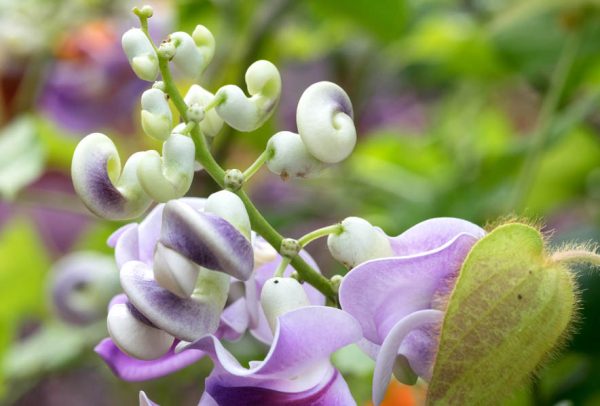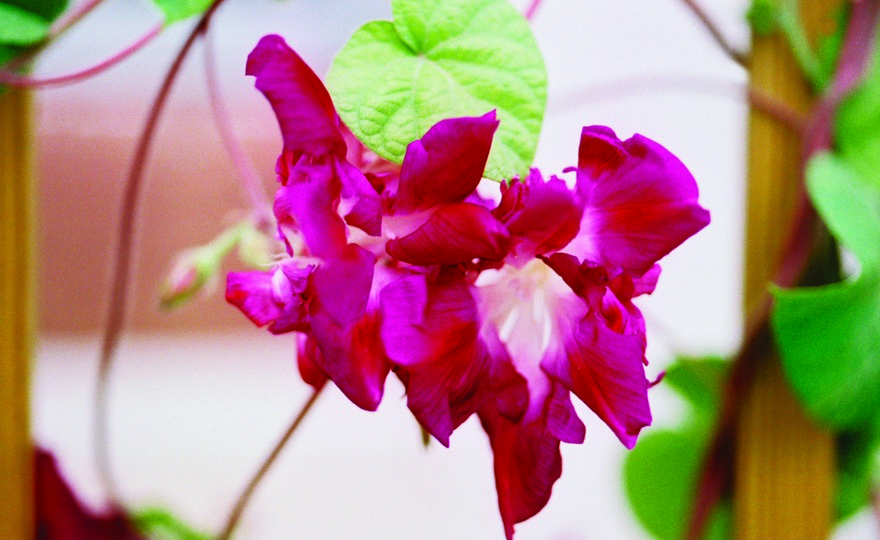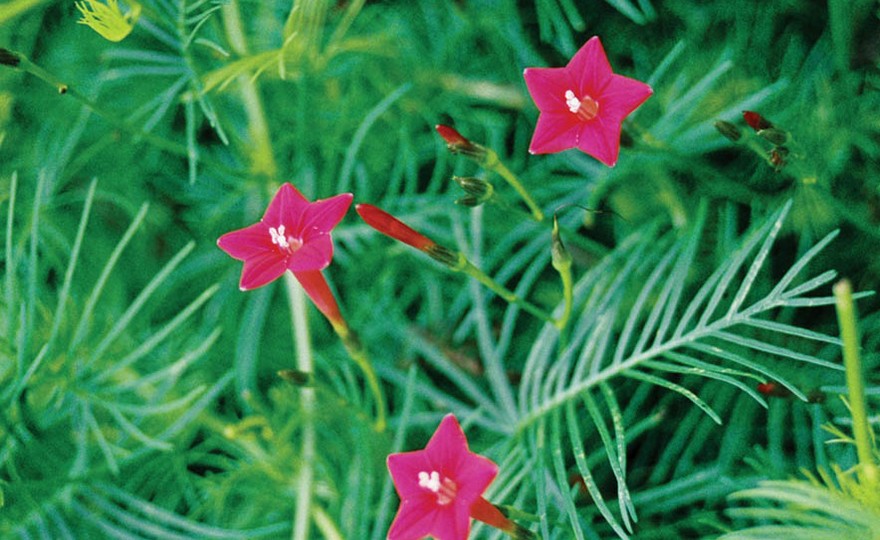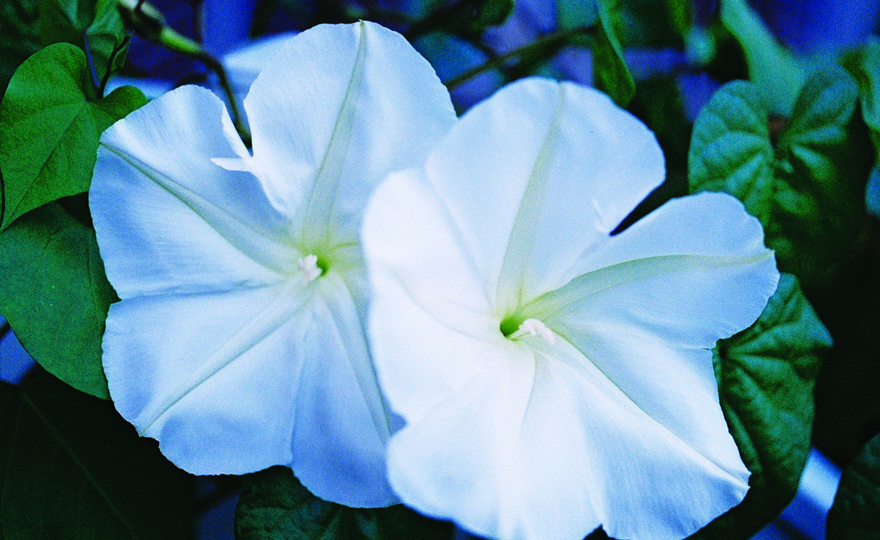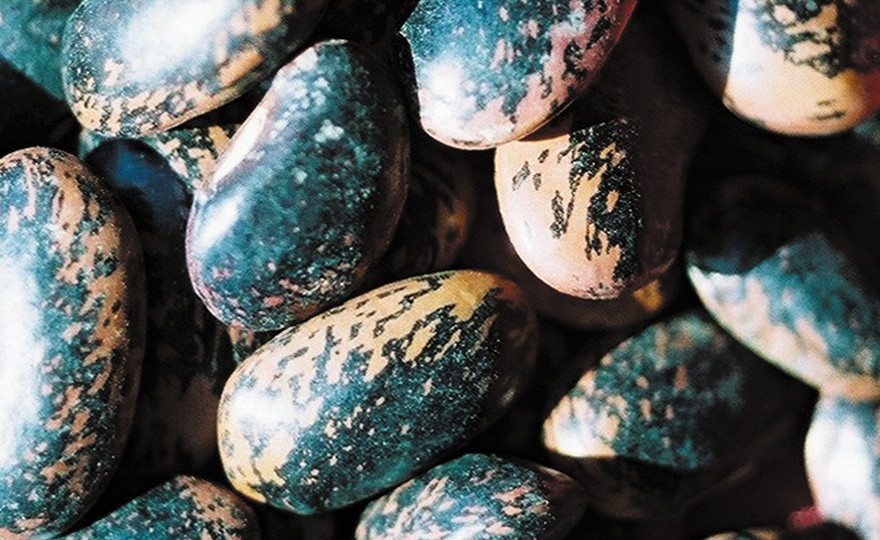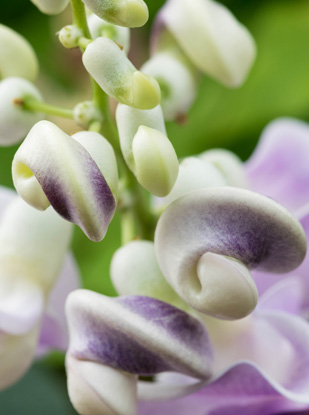
Rare Plant, Snail Flower Vine (SHIPPING INCLUDED)
-
- **SOLD OUT** HOLIDAY GIFTS **SOLD OUT**
- **SOLD OUT** Holiday Books **SOLD OUT**
- **SOLD OUT** Holiday Citrus **SOLD OUT**
- **SOLD OUT** Holiday Gift Certificates **SOLD OUT**
- **SOLD OUT** Holiday Paperwhites **SOLD OUT**
- **SOLD OUT** Holiday Praying Mantis Kits **SOLD OUT**
- **SOLD OUT** Holiday Tools **SOLD OUT**
- **SOLD OUT** Holiday Wildflower Mixtures **SOLD OUT**
- Citrus Trees
- **SOLD OUT** - Vegetable and Herb Plants - Mix & Match any 6 Plants for $50 - Only Shipped in Quantities of 6
- Elephant Ear Plants & Roots
- **SOLD OUT** 4-Inch Pot Herb Plants **SOLD OUT**
- Rare Plants
- **SOLD OUT** Vining Plants **SOLD OUT**
- Asian Seeds
- Beneficial Bugs
- Books
- Citrus Fertilizers
- Cold-Treated Bulbs - SEE BULBS FOR FALL PLANTING TO ORDER
- Cold-Treated Allium
- Cold-Treated Chionodoxa
- Cold-Treated Crocus
- Cold-Treated Hyacinthoides
- Cold-Treated Hyacinthus Orientalis
- Cold-Treated Narcissus
- Cold-Treated Cyclamineus Narcissus
- Cold-Treated Double Heirloom Narcissus
- Cold-Treated Jonquilla Narcissus
- Cold-Treated Large Cupped Narcissus
- Cold-Treated Poeticus Narcissus
- Cold-Treated Small Cupped Narcissus
- Cold-Treated Species Miniature Narcissus
- Cold-Treated Split Cupped Narcissus
- Cold-Treated Tazetta Narcissus
- Cold-Treated Triandus Narcissus
- Cold-Treated Trumpet Daffodils
- Cold-Treated Ornithogalum
- Cold-Treated Rock Garden Iris
- Cold-Treated Scilla
- Cold-Treated Tulips
- Cold-Treated Emperor Tulips
- Cold-Treated Fringed Tulips
- Cold-Treated Green or Viridiflora Tulips
- Cold-Treated Lily Flowering Tulips
- Cold-Treated Parrot Tulips
- Cold-Treated Peony Flowering Tulips
- Cold-Treated Single Early Tulips
- Cold-Treated Single Late Tulips
- Cold-Treated Species Tulips
- Cold-Treated Triumph Tulips
- Flower Bulbs, Corms and Tubers
- Bulbs for Spring Planting
- Bulbs for Fall Planting - ALL BULBS AVAILABLE ARE COLD TREATED FOR PLANTING AS SOON AS SOIL CAN BE WORKED
- Fall Blooming Bulbs
- Garden Tools & Equipment
- Gift Certificates
- HHH Exclusive Wildflower Mixtures
- Wildflower Mixtures
- Heirloom Garlic
- Potatoes
- Roots & Sets
- Seeds
- Flowers
- Herbs
- Vegetables
- **SOLD OUT** HOLIDAY GIFTS **SOLD OUT**
-
- No products to compare
-
Sold Out
Quick Overview
RARE PLANT – Snail Flower Vine – Vigna Caracalla
FULL SUN Snail Flower is a vine, Vigna Caracalla, which can easily grow to 20 feet, but can also be easily maintained with pruning. The grape-size clusters of corkscrew blossoms are white with blushes of purple, lavender and pink. They produce the sweetest, most pleasant fragrance imaginable.
With the exceptions of Hardiness Zones 9-10, Snail Flower should be grown in a pot – 1 plant per 10-12 inch pot. During its first year it will bloom very late in the season like late August, September or October. In subsequent seasons, it will bloom earlier and earlier. The potted plants last for decades. I have had my Snail Flowers, the mother plants from which all of the seedlings we sell are grown, for 17 years and it is still going strong in the same pot.
During the winter, bring the plant indoors and cut the foliage back to the soil. Treat it like a houseplant, but keep trimming the foliage which grows 6-12 inches per week. In the spring, when the nighttime temperatures are routinely in the high 50s, bring the plants outside. My Snail Flowers now begin to bloom in early to mid-July. I feed them blossom booster fertilizer when I water year round.
| Scientific Name | Native to | Plant Height at Maturity | Plant Width at Maturity | Hardiness Zones | Type |
| Vigna caracalla | Central America | Height–20 feet | Width–2-3 feet | 9-11 | Perennial |
**If maintained as a houseplant optimum size is: Height – 24 inches, Width – 1 foot
**Can be maintained as a houseplant in a 10-12 inch pot

Rare Plant, Snail Flower Vine
One of the many stunning experiences to be enjoyed at Thomas Jefferson’s Virginia home, Monticello, is viewing the “teepees” of Snail Flower grown in Jefferson’s hanging gardens. In 1792, Thomas Jefferson wrote to Benjamin Hawkins (his dear friend and eventually a senator),
“The most beautiful bean in the world is the Caracalla bean which, though in England a greenhouse plant, will grow in the open air in Virginia and Carolina.”
The plant is native to South and Central America and was being grown in American gardens by the 1830s. Robert Buist wrote in The American Flower Garden Directory,
“Snail-Flower is a very curious blooming plant, with flowers … all spirally twisted, in great profusion when the plant is grown well.”
L. H. Bailey, perhaps Cornell’s most famous horticultural scientist, in his 1929 magnum opus – a 3639 page, 3 volume treatise titled The Standard Cyclopedia of Horticulture noted that,
“It is an old-fashioned glasshouse plant in cold climates, but is now rarely seen.”
Snail Flower is a vine, Vigna Caracalla, which can easily grow to 20 feet, but can also be easily maintained with pruning. The grape-size clusters of corkscrew blossoms are white with blushes of purple, lavender and pink. They produce the sweetest, most pleasant fragrance imaginable.
It is most easily propagated from cuttings, because the seeds have very poor germination. Only approximately 40% germinate. Cuttings should be taken in the spring and early summer. If taken in the fall or winter, there is a much diminished chance for success.
If you ever decide to grow this magnificent plant, you will never be without one. It took someone of Thomas Jefferson’s intellect and appreciation for all things rare and beautiful to recognize just how extraordinary the Snail Flower is.
The Best Soil Mix for Containers
https://www.youtube.com/watch?v=9SIBFuSY1Nc&t=132s
Recommended Companion Plants
- Harvesting History was founded in 2016 to provide its customers with the finest quality horticultural and agricultural products available today including seeds, roots, bulbs, tubers, plants, garden tools and equipment, garden clothing, and garden-related books and art. Our horticultural and agricultural products are largely heirloom varieties that can be reliably offered to our customers year after year. Our tools and equipment are designs that have proven invaluable to gardeners for many, many generations.
Wherever possible, we attempt to offer products Made in the USA.
-
Don’t miss our newsletter and updates
- Address: 109 Lexie Lane, Kill Devil Hills, NC 27948
Phone: 410.627.6831
Fax: 518.234.0018
Find us on Maps
© Harvesting History LLC

